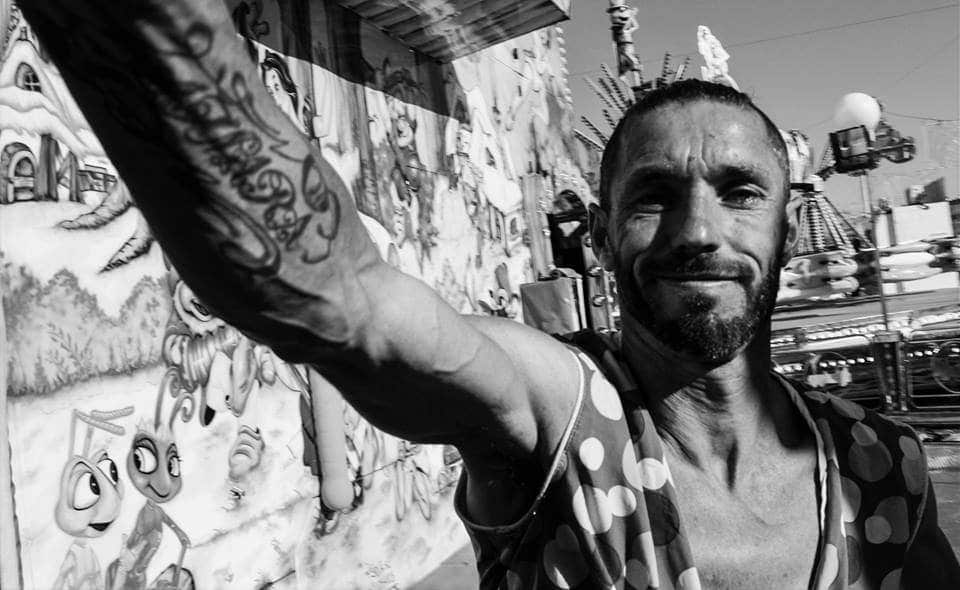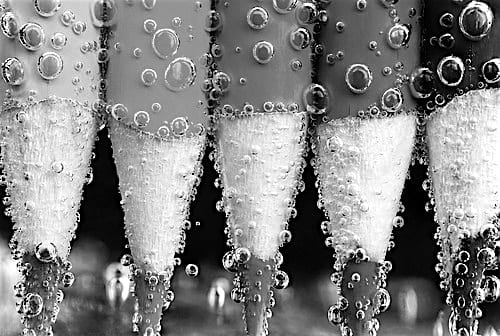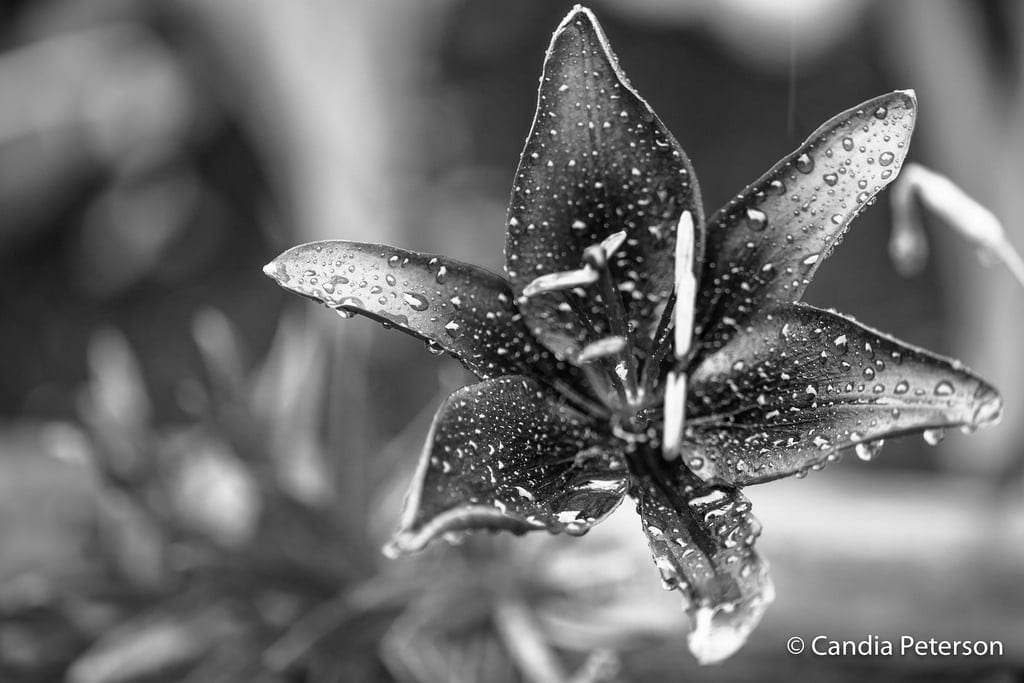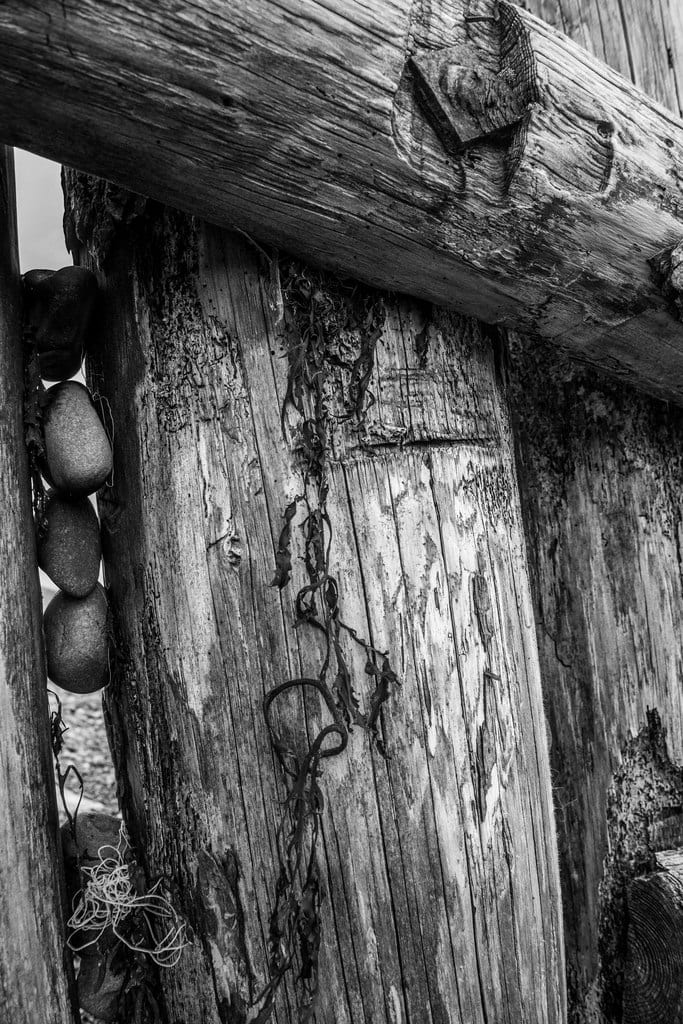The Impact of Black and White Photography on your photographs by Michael Barrow, IOP Tutor.
Over the last few months of critiquing and commenting on photos, I’ve found myself repeating a phrase which has started to get under my skin. That phrase is ‘convert to black and white photography’. In one way or another, I have uttered this sentence on many occasions to students as a suggestion, alternative or downright imperative to a change in their shot.
This got me thinking, why, unless stated or subject to an assignment, do we naturally veer towards colour? Why does a conversion into B&W have to come as an alternative or suggestion, rather than a way of shooting in its own right?
Many believe that Black and White Photography lost its poignancy with the introduction of digital photography, with ever progressing technologies in shooting and editing making what we can see with our own eyes even more fantastical and vivid in the realm of true colour.
Others see it as something related more to fine art photography or certain commercial realms. Many, however, myself included, value Black and White Photography higher than colour for many different reasons.
Black and white photography is the staple on which all photography was built and on this, it still carries a whole different set of credentials which photographers need to hone and practice, allowing them to see the world in completely different ways.
Now, I could dredge up various photographic giants at this stage and go on to discuss why B&W is so essential to the development of any practitioner, but where would the relation be within these examples? Throwing light to Ansell Adams, Robert Frank or Sally Mann would no doubt help you understand how the aforementioned became giants of the photographic arts with their approach to black and white.
Fundamentally, what we really want to do is open up what black and white photography can achieve that’s different to colour and why from the purely aesthetic to the psychological and scientific.
What I’ve chosen to do in this article then, is take my favourite shots from the recent weekly B&W contest in the student forums and discuss not only what makes them so successful, but just how differently we interpret the images in B&W.
Choosing B&W
Before we look at the winners of the contest, it’s important to know why choosing to shoot in black and white is important. There will surely be times when each of us has shot something, only to start the editing process and think ‘hold on a minute…’.
The next thing we know that shot is popping wonderfully in black and white and is saved as such. Perhaps 1 in every 10 or 20, if we’re lucky, will show these signs of potential. But what is it that makes it so convertible? Why is it that those shots just say something to us in B&W more than the rest n colour?
There are a few factors at play here, and being on the hunt for them before shooting, rather than stumbling over them when editing is of the utmost importance for successful black and white photography. It shouldn’t be that this is what we look for as an alternative editing technique, but what we consider before we shoot. The following considerations can help.
1. Converting colour to tone
This is a skill that takes real practice in all honesty, but it’s never too late to start. A colours hue, vibrancy and depth, can make an image pop, but in a conversion to B&W, that colour may be as flat and lifeless in tone as any other colour in the shot – it’s incredibly surprising to see. So what’s the easiest way of making this conversion before we shoot? Light!
The brain will instantly read a scene on its colour but if we can learn to put that to one side and read the intensity of light in a scene instead and how much it shifts, then we’re well on our way to seeing tonal intensity.
2. Narrative
Strip an image of its colour, and you can provide viewers with the ability to read into that images atmosphere. Just as above, an image without colour is an image which will present forth tonal gradients and textures, but it can also inject narrative. Candid photography works especially well in these circumstances.
There’s something about capturing a moment in time and shooting it in B&W that almost imprints it to memory, as a past event. This may have something to do with our perceptions of B&W as archaic and historical. It may be that viewers can distance themselves from the image by a lack of relation to their world of Technicolor. Either way, it works.
Tutor project winners and commendable entries:
Winner: Masanalle León

A candid snapshot in time here by Masanalle with a great narrative! It’s raw and real and wouldn’t be out of place amongst a set on Street Photography. I dare say this shot contained lots of vivid colours – the stark sunlight, tanned skin of the carnie and what is almost certainly the red and white polka dot vest, not the mentioned the backdrop of lights and painted cartoons on the walls.
Once this is stripped away, we feel the movement and the proximity. That wry smile on the face of the subject – is he being playful or is it a little unsettling? I think the image itself is disturbing, almost as if Masanalle shot quickly or even mistakenly as the subject loomed over her.
Because of that sunlight, the tonal qualities are so contrasted here! They’re stark and jagged; the shadows form acute angles in the spaces between the subject’s veins on that tattooed forearm.
Commendable: Candia Peterson
Candia’s submission is a perfect example of converting colour to tone, in an image that we would otherwise always assume to see in vivid colour!
Here’s a wonderful pin sharp focus, purposefully thrown to the moisture on the petals of this plant, where the tonal qualities are deliciously varied. The darks are dark and the lights light, but neither under nor overexposed. The proximity of photographer to subject here has created a wonderfully shallow depth of field, the background I would guess at being mainly the colour green.
In this instance, that green reflecting the light approves a beautiful indirect backlighting which helps the crisp tones in the petals and rain droplets pop. We can view pretty flower photographs thousands of times over, but this shot stripped of its colour helps us create a feel for texture and temperature even.
Commendable: Pam Gurney
Pam’s natural still life is a celebration of texture and form also. There are some unusual variations in tone here as a result of the battered surface of the wood, those pretty perfectly placed pebbles and again some nice backlighting. The whole image sort of sits as a flat, tonal playground.
There’s a glorious all over focus, with next to no depth of field and so those tones just dart around in between the cracks and around the smooth surfaces. The frame is filled so we don’t think about how the shot is contextualised, only what is within the parameters.
Now, in this instance, it may well be that the colour version of this shot contained all very similar browns and cool greys, but that would still do well to add a clarity which we would instantly recognise as a sea scene or at least something we have seen before. Without that colour, we can dart in and out of the idea of pattern, texture, form and also in this instance, negative space. There’s isn’t much here, but where it exists more shapes are created and sit within the composition.
Give it a try!
So just a few examples of how black and white photography can totally transform the reading of an image. The next time you pick up your camera to go out and shoot, try to think about these aspects before you press the shutter. Maybe try to see the world as though you know exactly how you want your black and white photography to come out. Put colour to one side and explore how shadow and light can interact in immeasurable ways, over any surface and in any context.
This is a way of seeing, a way of considering, not unlike the ‘training of the right brain’ which I mentioned in my article on reflections last month. It is a process which certainly takes practice. If you were to go out and shoot B&W solely, you would see that some shots work, and others don’t, but eventually the impact of tones will start to become more apparent in the world around you and, as with anything, your consistency will begin to improve.
Enrol on a photography course today and start to see the world in mono.
Find out more about our courses here
Download a Free Prospectus
Get your Free Guide To Composition here




